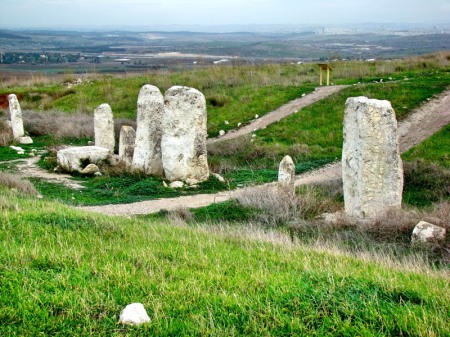Numerous references are made in the biblical text to the Hittites. You will remember that Abraham bought the cave and the field of Macpelah from Ephron the Hittite, as a burial place for his family (Gen. 29:49). Hundreds of references are made to Egypt and the Egyptians. The oldest known treaty between two nations is the “Kadesh Treaty,” an agreement between the Hittites and the Egyptians.
You may be surprised to learn that until fairly recently, many skeptics ridiculed biblical references to the Hittites, saying there was no such people, and the biblical writers were inventing fiction. Now so much information is available on the vast Hittite empire that doctoral degrees may be earned in Hittite studies!
In an article entitled, “Is the Bible Trustworthy?” (The Apologetics Study Bible) Walter Keiser wrote:
Archaeology has helped to show that the culture, persons, and events of the Old Testament are trustworthy. Archaeology has done much to further the cause of showing the reliability of the OT. Where there were alleged missing persons mentioned in the OT, but not known from external sources, such as King Sargon in Isaiah 20:1, or Governor Sanballat of Samaria (Neh 2:10), or kings David, Ahab, Jehu, and Hezekiah, Menahem, and even a prophet, Balaam, in each case spectacular finds have vindicated the claims of the OT. In like manner, where the OT claimed there were peoples such as the Hittites or the Horites, later finds vindicated the presence of these as well as other allegedly missing peoples.
The treaty is called the Kadesh Treaty, as Kadesh (sometimes spelled Qadesh) on the Orontes River was the battle site for these two major forces in 1274 B.C. See map here for location of Kadesh.
Both the Hittites and the Egyptians wrote their own version of the battle, each suggesting a more favorable outcome for their respective country; this is especially true of the Egyptian version. Most scholars believe the battle was a stalemate. Pictured below is a photo of the Kadesh Treaty, written in Akkadian, in Istanbul’s Archaeology Museum.
The king of the Hittite Empire was Hattusilis III; the Egyptian king was Rameses II. In summary, the treaty states that neither of these nations would battle one another. Further, if another nation were to attack either of them, they would rise to their assistance against the aggressor.
Remember to left-click on images for higher resolution.





 Posted by Leon Mauldin
Posted by Leon Mauldin 



















